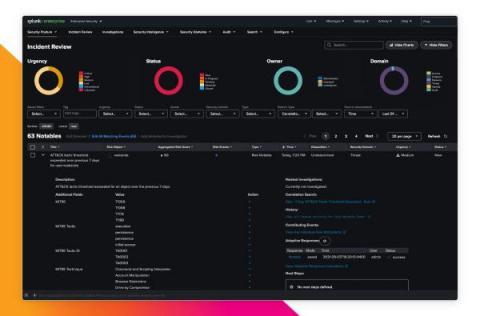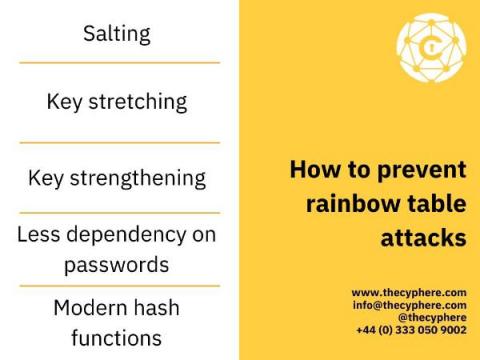Splunk Releases Add-On for Google Workspace Security Monitoring
As the trend toward having a more distributed labor force working remotely part or full time persists, Splunk continues to see strong customer demand for more visibility into the security of the productivity and collaborative products their employees use. To assist with these requests, we’re excited to announce the release of Splunk Add-On for Google Workspace 2.0. This second major release includes important changes requested by our customers and valuable new functionality.










